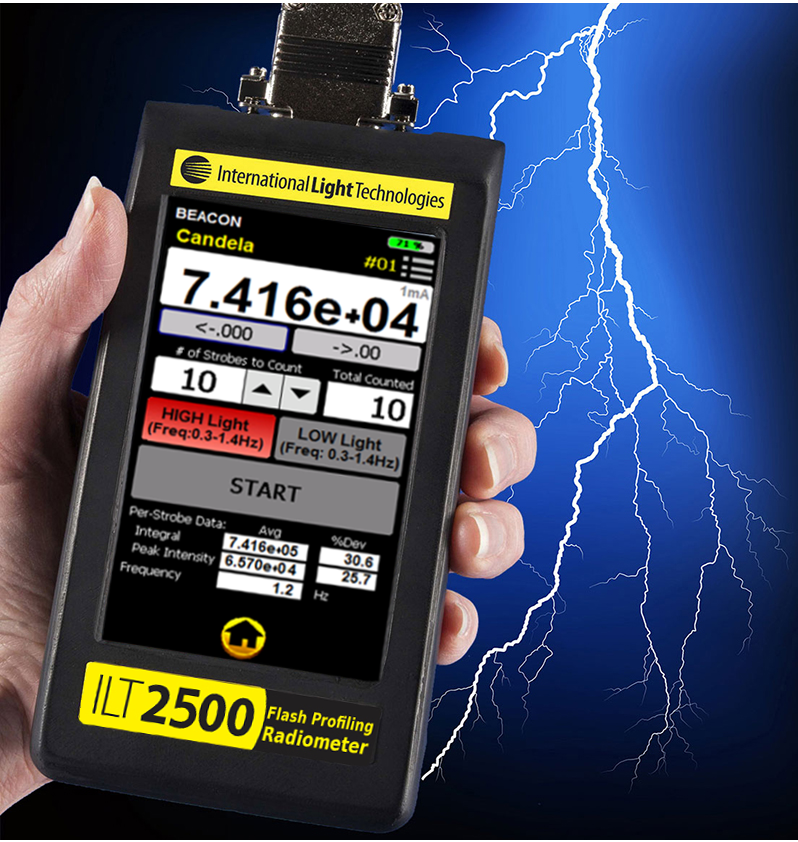
In our latest video, we are exploring the intricacies of measuring various forms of short-lived light. This includes flash light, pulsed light, and strobe light. These types of light are characterized by their brief durations, which pose unique challenges in measurement. Watch the video by clicking here to learn about the different techniques and instruments used to accurately measure these types of light.
On the Agenda:
1. Concept of Energy vs. Power
- Understanding the difference between energy and power is fundamental when measuring short-lived light sources.
- Energy is the total amount of light emitted over time, while power refers to the rate at which this energy is emitted.
- We'll delve into how these concepts apply specifically to short-duration light sources.
2. Short-Lived Light Sources and Applications
- Explore various applications where short-lived light sources are used, such as in photography (flashes), scientific research (pulsed lasers), and entertainment (strobe lights).
- Discuss the unique properties of these light sources that make them suitable for their specific applications.
3. ILT Meters and Software
- Introduction to ILT (International Light Technologies) meters and software designed for measuring short-lived light phenomena.
- Key features such as high-speed sampling rates and specialized sensors that make these tools effective for capturing brief light events.
4. Measurement Examples
- Provide practical examples to illustrate how different types of short-lived lights can be accurately measured.
- Use case studies or specific scenarios where precise measurement is critical, such as in quality control during manufacturing or in scientific experiments.
5. Considerations
- Important considerations when measuring short-lived light, such as:
- The need for synchronization between the light source and measuring device.
- The impact of ambient lighting conditions on measurement accuracy.
- Calibration procedures to ensure reliable readings.
